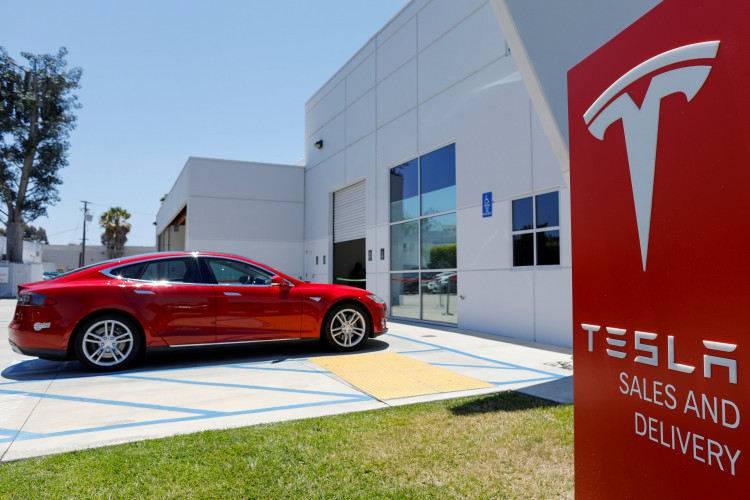Following a class-action lawsuit filed against the company, it appears that Tesla is already working to improve its battery cells. Based on the latest patent published in the late part of August, the company appears to be knee-deep developing an apparatus and monitoring system that will enable the electric vehicle pioneer to sense deformations in the cells of its batteries effectively and efficiently.
The patent application filed by Tesla is titled "Apparatus and Method for Detection of Deformation in Battery Cells." According to the application, the battery life cycle is one of the most vital parameters in ensuring the optimal performance of machines like energy storage devices and electric vehicles. The battery cells, over time, will be prone to multiple charges and discharge cycles and widely varying environments and conditions.
Additionally, Tesla's patent application notes that there are times when cells function in a situation where the ambient temperature could sporadically increase to levels beyond the stable thermal temperature for normal conditions. Further, cells could be exposed to high charge and discharge rate and massive periodic loads, which could cause considerable heating among other responses. Because of these factors, battery cells might experience different effects like thickening of electrodes or expansion of the volume of electrochemically active minerals within the cell.
These enlargements or expansions could result in battery cells getting deformed. In turn, this could result in both reversible and irreversible mechanical issue or to possible degradation of the electrodes of the battery. Traditionally, battery deformations are tracked using optical or strain gauges that detect as well as analyze deformations at every point in a cell.
On its patent application, Tesla states that this system has a room for improvements considering that optical evaluations might not deliver the accurate condition of deformation across the whole battery surface. As a result, this could strain and give inaccurate deformation readings. Because of this, Tesla developed a deformation detection apparatus that allows contactless detection of swelling or deformation of the battery all over the surface of the battery cell.
The battery cell deformation monitoring system will deliver advantages that traditional monitoring systems could not offer. Tesla's patent application only implies that the battery deformation detection system will allow the company to monitor and detect the quality of the cells of its battery as well as their operating limits more efficiently and effectively. This could further allow Tesla to improve the efficiency of its batteries, making Tesla vehicles provide better performance.




